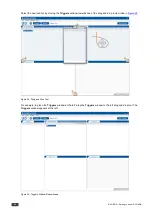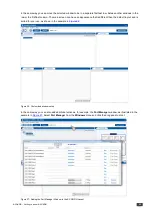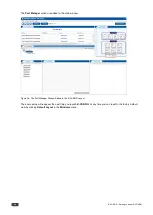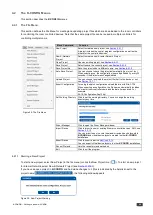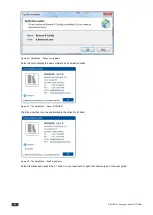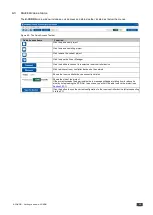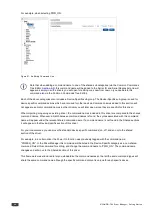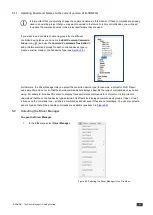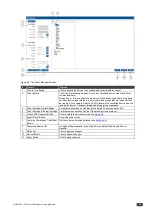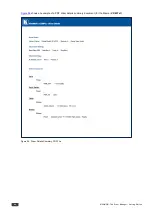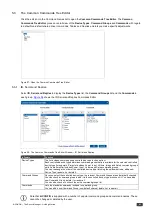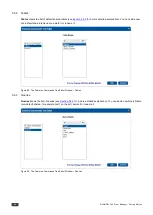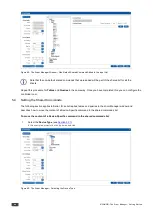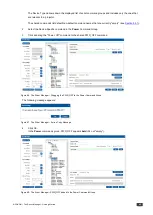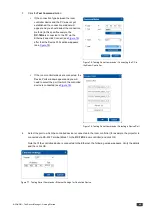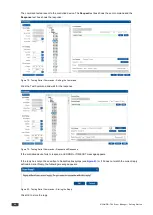
36
K-CONFIG - The Driver Manager – Getting Started
For example, when selecting PWR_ON:
Figure 51: An Empty Command Line
Note that when adding a command name to one of the shared sub categories (via the Common Commands
Tree Editor,
Section 5.3
), this command name will be added to the Serial, IR and Serial Replies list and will
appear as empty in all the drivers you will open for editing or as new from now on (you can delete this
command also via the Common Commands Tree Editor).
Each of the above categories also includes a Device-Specific sub-group. The Device-Specific sub-group is used for
device specific command actions which are not used for other devices. Command names added to this section will
not appear as empty command names in other drivers you will later open, since they are specific for this driver.
When importing or opening an existing driver, the command names included in this driver are compared to the shared
command names. Whenever a match between command names is found, the syntax associated with this command
name will appear under the relevant shared command name. If a command name is not found in the Shared sections,
it will appear in the Device-Specific section of this driver.
For your convenience you can move the standard device specific commands (on, off, and so on) to the shared
section of the driver.
For example, in a certain driver the Power On function was previously tagged with the command name
"POWER_ON". In the Driver Manager this command will be listed in the Device-Specific category as a non-shared
command. Select this command for editing, and change the command name to “PWR_ON”. The command name
changes and will move to the Shared section of this driver.
This framework was structured to let you standardize the command names so that all the same command types will
share the same command name although the specific command content is unique for each specific device.

